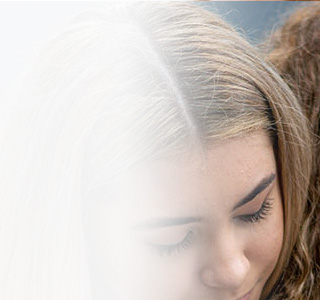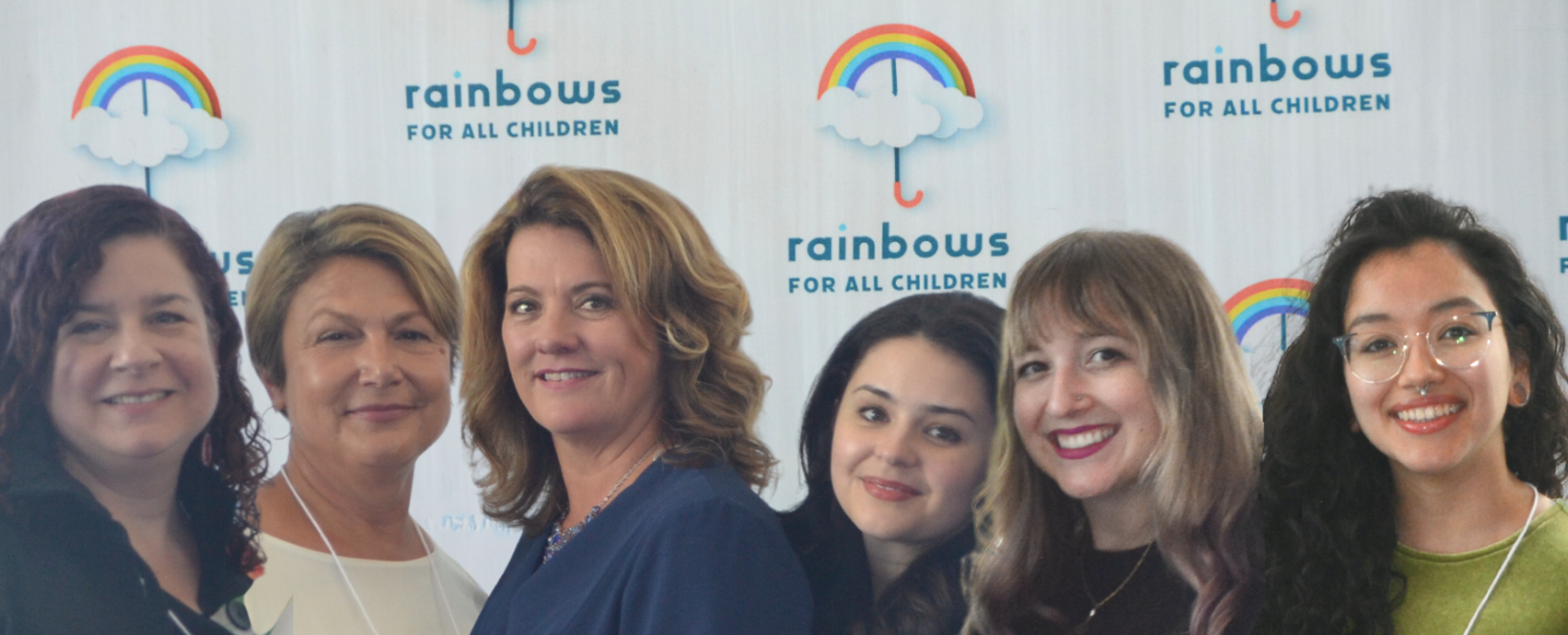Reporting
Efficacy Research
Rainbows routinely gathers confidential data that is then assessed by authorities in the field of child development.
Tracking Data
- Evidence-based approach rooted in four decades of experience and research
- Proven effectiveness demonstrated through rigorous evaluation and assessment
- Presence in 26 states across the United States
- International reach with groups spanning across the globe
- Continuously evolving to meet the needs of participants and communities
- Committed to upholding the highest standards of quality and efficacy in all programs and services
CCR at Ann & Robert H. Lurie Children’s Hospital
In 2023, Rainbows for All Children partnered with the Center for Childhood Resilience (CCR) at Ann & Robert H. Lurie Children’s Hospital of Chicago to analyze survey data collected from participants in Rainbows programming from April 2017 through February of 2022. The questions in the surveys assessed metrics of resilience, including use of positive coping skills, social support, and self-esteem. Participants and caregivers completed surveys at the beginning and end of their participation in one of Rainbows’ programs.
This analysis identified the core components of the Rainbows program include:
- Develop the vocabulary and ability to talk about loss
- Build positive self-esteem and self-worth
- Foster a sense of belonging
- Build a sense of trust for self and others
- Learn to cope with strong emotions (fears and worries, anger, and guilt)
- Practice forgiveness of self and others
- Problem Solving
- Cope with change and transitions, especially within families
Data measured factors associated with resilience including:
- Use of positive coping and problem-solving
- Positive emotions
- Self-esteem
- Sense of belonging
- School attendance and behaviors
Demographic data shows participants were:
- 55% male
- 45% female
- 32% Black or African American
- 30% White or Caucasian
- 30% Hispanic or Latino
- 6% Multi-racial
- 2% Other
Participants’ loss experiences included:
- 6% death
- 7% divorce/separation
- 6% abandonment
- 3% other
- 5% incarceration
- 3% life-altering illness
Summary:
- Both Rainbows and Spectrum resulted in significant improvements in factors associated with resilience.
- Effectiveness did not significantly differ based on gender or type of loss.
- 79% of participants would recommend Rainbows to other youth who needed help.
- 86% of participants would recommend Spectrum to other youth who needed help.
- Additional satisfaction data from Rainbows suggests that the vast majority of youth who participated in the group talked about feelings, felt listened to, felt similar to those in their group, felt less sad, and felt that their group kept things private.
University of Illinois Independent Study
Purpose of Study
“To advance our knowledge about how children cope with divorce through an independent evaluation of the
effectiveness of the Rainbows program.”
Evaluation Details
- Evaluation conducted by Laurie Kramer and Gary Laumann, Dept. of Human and Community Development, University of Illinois at Urbana-Champaign,
- Completion Date: March 2000
Participants:
- 164 (recruited) children from Level 3 – 4th, 5th, 6th graders from divorce situations using Rainbows Elementary Edition.
Demographics
23% from rural Illinois
27% from urban Illinois (Chicago)
50% from suburban Illinois
Family Details
107 families were recruited. Participating 54 families (32 experimental and 22 control group) had parents who had lived apart for close to five years, with most children living with their mothers.
More than one-quarter of the custodial parents in both groups were remarried at the time they entered
Rainbows.
Number of sites participating
20 schools for evaluation
8 schools waitlisted
Wait List /Control Group
- 60 (recruited) same age group, divorce situations, who
did not participate in Rainbows, but were offered the
program after the evaluation.
Results:
The Rainbows Program is associated with self-perceived gains in personal well being.
- Helps children better understand their feelings.
- Supports children’s ability to demonstrate rule-governed behaviors, especially in school.
- Supports children’s ability to use effective coping strategies
Parents ratings of the helpfulness of Rainbows
Rainbows was “somewhat or very helpful”
- 55.0% – Controlling anger
- 78.0% – Talking about feelings
- 73.9% – Self-esteem
- 73.8% – Attitude
- 56.1% – Behavior
- 75.0% – Having hope for the future
- 87.5% – Understanding divorce
- 80.0% – Accepting divorce
- 69.2% – Improving mother-child relationship
- 37.8% – Improving father-child relationship
- 60.6% – Sadness and depression
- 59.5% – Making/keeping friends
- 70.0% – Solving daily problems
- 71.8% – Staying out of trouble
- 90.0% – Not blaming themselves
- 66.7% – Cooperation at home
Children’s Satisfaction with Rainbows
% responding true or very true
- 80% – I learned new ways to solve problems
- 77% – I made new friends in Rainbows
- 82% – Being in Rainbows helped me to better understand my feelings
- 61% – I feel less alone than I did before Rainbows
- 72% – People in my group cared about me and my feelings
- 81% – My Rainbows group was a safe place to talk about my feelings
- 98% – I would recommend Rainbows to other children
- 87% – I would participate in Rainbows again
Loyola University Study
In 2000, child development experts at Loyola University studied 140 children from four different elementary schools in Chicago. All had experienced either death or divorce and were first time participants, between the ages of 7-13.
In-depth interviews conducted before and after the program revealed: Positive change in self-concept and self-worth.
Teachers noted “significantly higher self-esteem” and academic performance improved.
Researchers at the University of Illinois also studied 124 middle school students from 28 different schools, all of whom were children of divorced parents. This was what the pre- and post-test evaluations indicated: 82% said Rainbows helped them better understand their feelings 80% said the program taught them new ways to solve problems 98% said they would recommend Rainbows to their peers
Parents of children in the University of Illinois study gave the program high marks as well: 71% said their children were less likely to get in trouble after completing the program 70% said their kids’ behavior improved 60% said their children’s sadness and depression decreased 83% said their communication with their children had improved 75% reported that their youngsters were more optimistic about the future 66% said their children were more cooperative at home Other improvements they credited Rainbows with teaching their children: how to control anger, and how to improve their behavior, attitude, and academic performance.
OVERALL: program was determined, even by the researchers themselves, to be both effective and beloved



